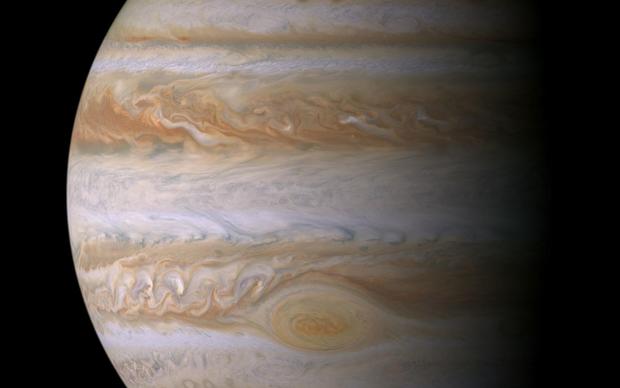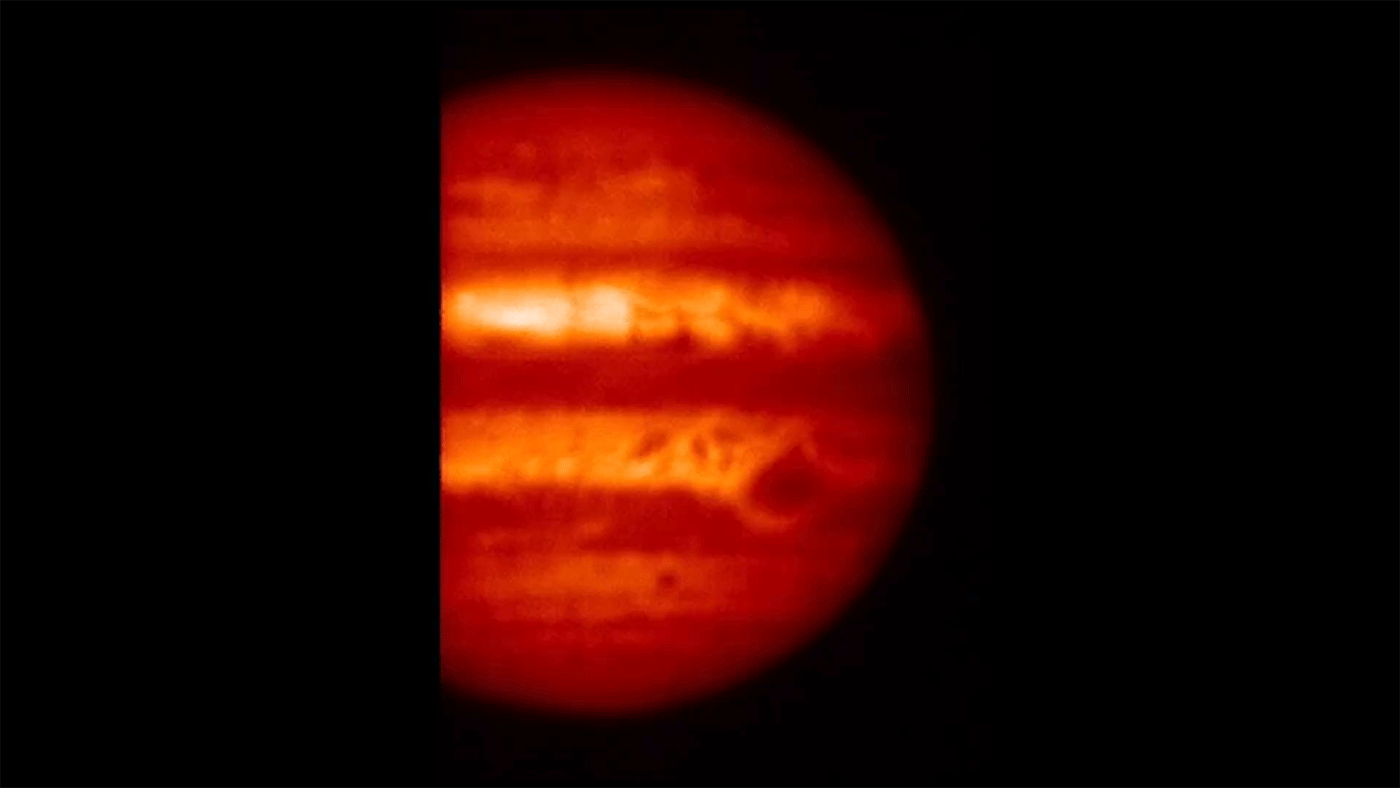JunoCam Captures First Up-Close Flyby Over Jupiter's Mysterious 'Great Red Spot'
SAN FRANCISCO (CBS SF) -- Armchair astronomers are in for a historic treat.
The first up-close glimpse of Jupiter's mysterious 'Giant Red Spot' will soon be beamed back to Earth by NASA's Juno spacecraft. The 10,000 mile wide atmospheric blemish is, in fact, a huge storm that has been raging on the giant planet for more than 300 years. The storm is bigger than our own Earth!
"Jupiter's mysterious Great Red Spot is probably the best-known feature of Jupiter," said Scott Bolton of the Southwest Research Institute in a statement. "This monumental storm has raged on the solar system's biggest planet for centuries. Now, Juno and her cloud-penetrating science instruments will dive in to see how deep the roots of this storm go, and help us understand how this giant storm works and what makes it so special."
The flyby will happen on Monday, July 10 at 6:55 p.m. (PST). Juno will soar directly above the storm's "coiling crimson cloud tops" and will pass about 5,600 miles over the Giant Red Spot. The JunoCam images can be viewed on July 14, according to NASA.
July 4 marked the one-year anniversary of Juno's orbit around Jupiter. The spacecraft has traveled about 71 million miles.
NASA says the images beamed back from Juno since its launch in 2011, portray the planet as a "turbulent world, with an intriguingly complex interior structure, energetic polar aurora, and huge polar cyclones."
Western scientists began monitoring the Giant Red Spot since 1830.
CBSSF.com writer, producer Jan Mabry is also executive producer Bay Sunday, Black Renaissance and host of The Bronze Report. She lives in Northern California. Follow her on Twitter @janmabr.





